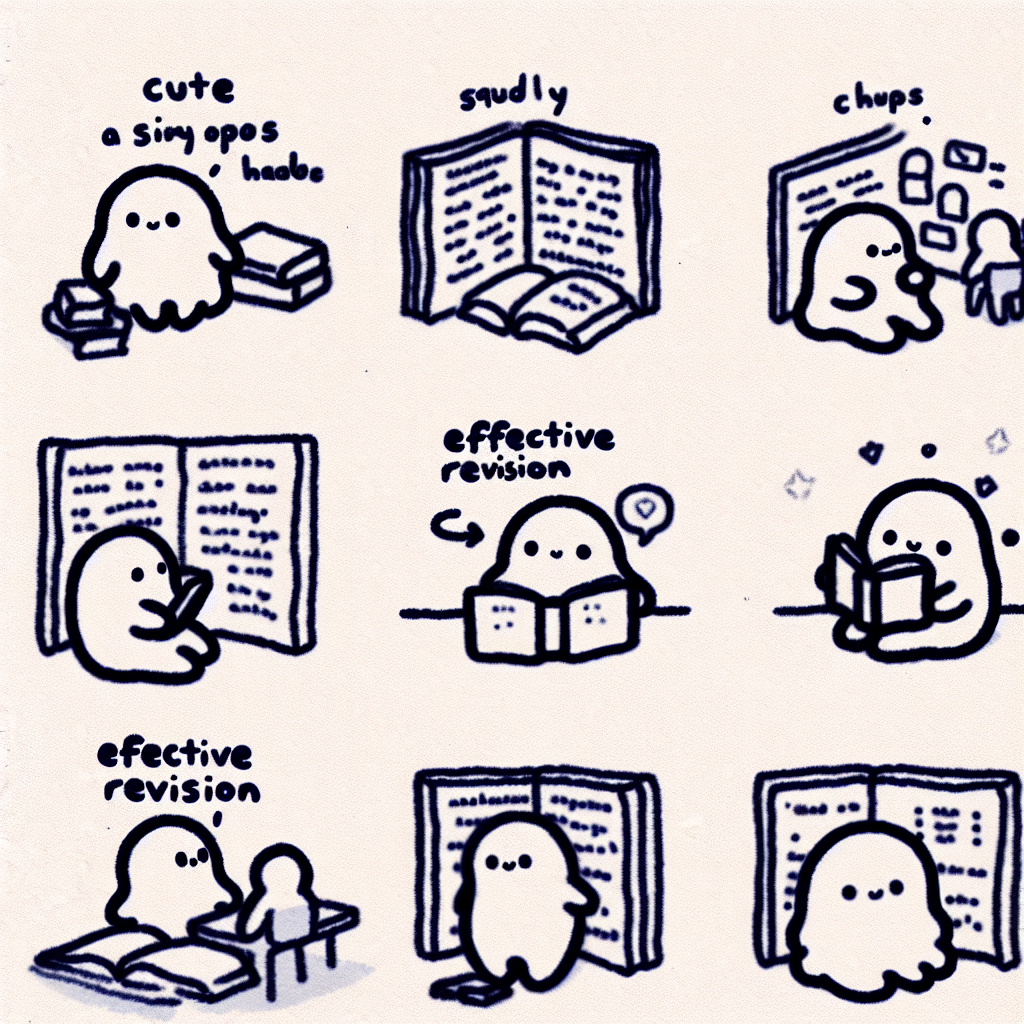Introduction
The Challenge of Effective Studying
Many students rely on traditional revision methods such as rereading notes, highlighting text, or cramming the night before exams. While these approaches may feel productive, research consistently shows they are often inefficient and result in poor long-term retention. For example, studies have found that rereading and highlighting offer minimal benefit compared to more active learning strategies (Dunlosky et al., 2013). This gap between effort and outcome underscores the importance of adopting effective revision techniques that are grounded in cognitive science.
In an age where learners are inundated with information and time is limited, it is critical to use evidence-based strategies that improve comprehension and memory retention. Effective revision techniques not only help students perform better on assessments but also promote deeper understanding and long-term knowledge building.
Scope of This Guide
This guide synthesizes findings from academic research and practical applications to present a comprehensive overview of effective revision techniques. It is designed for high school students preparing for standardized exams, college students managing complex coursework, and lifelong learners aiming to retain new skills or knowledge efficiently. By combining theory and practice, the guide aims to help readers make informed decisions about how they study and revise.

The Science Behind Revision
The Power of Repetition and Practice
Repetition plays a central role in effective revision techniques. Research has shown that consistent practice directly correlates with academic performance. According to the study "Practice Makes Better: Quantifying Grade Benefits of Study", data from Problem Roulette—a platform offering randomized practice questions—demonstrated a clear relationship between the number of practice questions answered and GPA improvement. Specifically, students who completed 1,000 questions experienced an average GPA boost of 0.77 points.
From a cognitive science perspective, two core principles support this finding: spaced repetition and retrieval practice. Spaced repetition involves reviewing information at increasing intervals to reinforce memory retention. Retrieval practice, on the other hand, focuses on actively recalling information, which strengthens neural pathways and improves long-term learning. Together, these techniques leverage the brain’s natural learning processes to make revision more effective.
Metacognition: Thinking About Thinking
Metacognition—the awareness and understanding of one’s own thought processes—is another pillar of effective revision techniques. The study "Assessing the Impact of Metacognitive Post-Reflection Exercises" highlights the value of self-reflection and strategy mapping in academic settings. Students who engaged in metacognitive activities were better able to identify their learning gaps and adjust their strategies accordingly, which led to improved problem-solving skills.
Practical applications of metacognitive practices include journaling study habits and using structured reflection prompts after study sessions. These methods help learners evaluate what strategies worked, what didn’t, and how they can adjust their approach for better outcomes.
Simulation-Based Learning
Simulation-based learning is another evidence-backed method among effective revision techniques. According to "Combating Anti-Statistical Thinking Using Simulation-Based Methods", simulations help bridge the gap between abstract theory and real-world application, especially in subjects like statistics. By engaging with interactive models, students develop a deeper conceptual understanding and are better equipped to apply their knowledge.
Simulations are particularly useful in STEM disciplines, where complex systems and theoretical concepts benefit from visual and hands-on exploration. Tools and platforms such as PhET Interactive Simulations or MATLAB can be used to implement simulation-based learning, making abstract content more accessible and engaging.

Practical Revision Techniques That Work
Active Learning Strategies
Active learning is a cornerstone of effective revision techniques. Rather than passively reading or highlighting, students benefit more from engaging with the material through activities like teaching others, using flashcards, and self-quizzing. For instance, explaining a concept to someone else reinforces understanding and reveals gaps in knowledge. Self-quizzing helps to strengthen memory retrieval, a skill crucial during exams. Flashcards and concept maps allow learners to visualize relationships between ideas, making complex information more digestible.
The benefits of interleaved and varied practice—where learners mix different subjects or types of problems in a single study session—are also well-documented. These methods improve the brain’s ability to distinguish between similar concepts and apply knowledge flexibly. According to U.S. News, students who actively engage with material through these techniques retain information more effectively and perform better in assessments.
Optimizing Study Environments
The environment in which revision takes place significantly impacts concentration and productivity. Minimizing distractions—such as turning off phone notifications or studying in a quiet room—can help maintain focus. Elements like lighting, seating ergonomics, and background music tailored to enhance concentration also contribute to a more effective study session.
Digital tools can further support focus. Pomodoro timers, for example, promote structured study intervals with breaks in between, reducing fatigue. Noise-blocking apps or browser extensions limit exposure to distracting websites, helping students maintain attention on their revision goals.
Time Management and Planning
Effective revision techniques also depend on good time management. Creating a detailed revision schedule helps allocate time efficiently across subjects and topics. This approach ensures that students address both short-term tasks, like preparing for a quiz, and long-term goals, such as final exam preparation.
Distributed learning—spreading study sessions over time—is crucial for avoiding last-minute cramming. This technique enhances long-term retention and reduces stress. By planning ahead and maintaining a consistent study routine, students can reinforce their understanding while avoiding burnout.
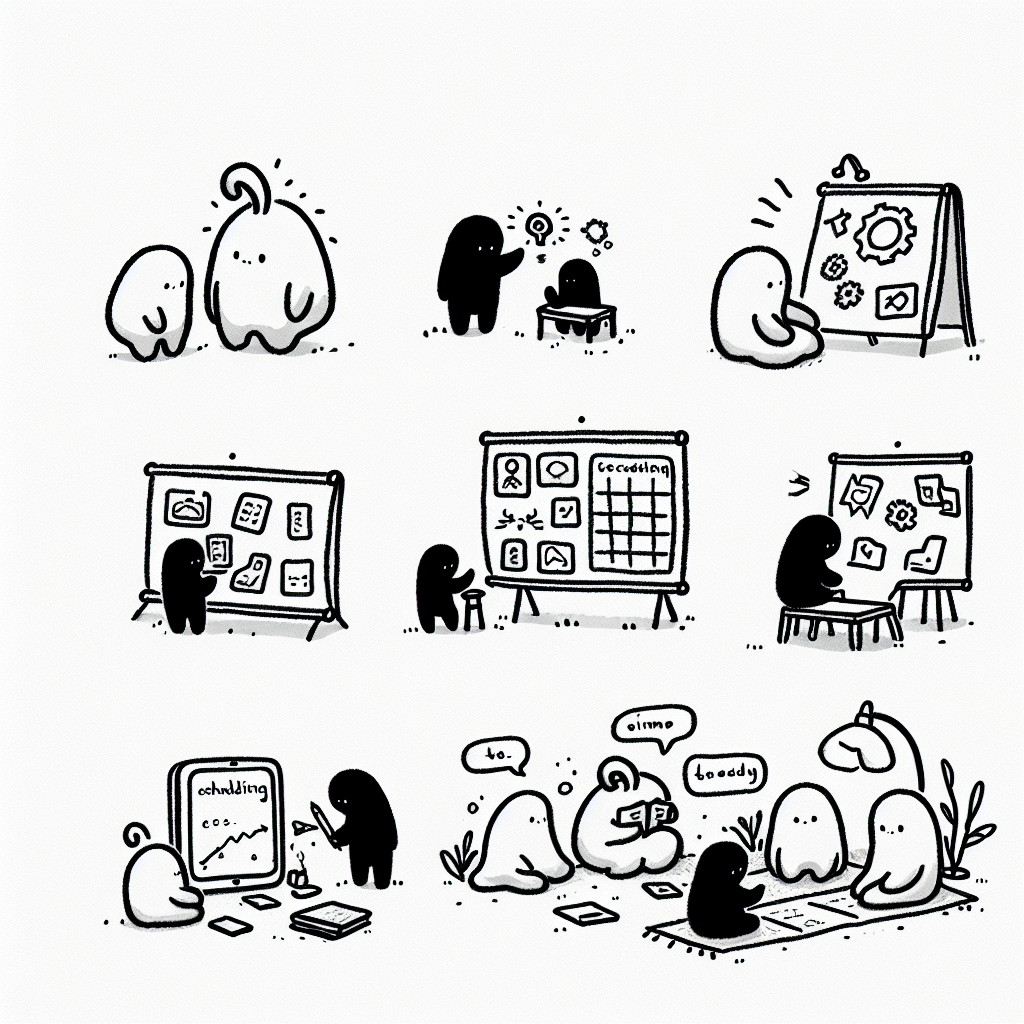
Technology-Enhanced Revision
Intelligent Feedback Systems
Technology has introduced new ways to support effective revision techniques, particularly through intelligent feedback systems. Tools that use AI to provide feedback on writing can significantly improve students' ability to revise their work with clarity and precision. According to "Effective Interfaces for Student-Driven Revision Sessions", AI-driven platforms help students make more substantive improvements in argumentative writing, especially when focusing on sentence-level revisions. These systems guide users to enhance the clarity, coherence, and persuasiveness of their arguments by offering targeted suggestions.
Examples of such tools include Grammarly and Hemingway Editor, which highlight issues related to grammar, readability, and style. GPT-based tutors can offer context-aware suggestions and simulate one-on-one revision sessions. Some platforms also incorporate versioning tools that track changes over time, enabling users to reflect on their learning progress and understand the impact of specific revisions.
Digital Practice Platforms
Digital platforms also support effective revision techniques by offering practice environments tailored to a student's performance. Problem Roulette and other question bank tools provide randomized practice problems, helping learners engage in active recall and identify weak areas. Apps such as Anki and Quizlet use spaced repetition algorithms to improve long-term retention of information, a technique shown to be highly effective in revision.
Adaptive learning platforms customize content based on user performance, ensuring that revision is focused and efficient. These tools adjust difficulty levels and present content in a way that aligns with the learner's current understanding, making the revision process both personalized and productive.

Tailoring Techniques to Subject Areas
STEM Subjects
For STEM subjects, effective revision techniques center around active problem-solving. Practice problems and simulations are essential for reinforcing theoretical concepts and building procedural fluency. These methods help students identify patterns, apply formulas, and troubleshoot errors in real time. Visual aids such as diagrams, models, and instructional videos further support understanding by breaking down complex systems into manageable components.
Humanities and Social Sciences
Effective revision techniques in the humanities and social sciences involve critical thinking and structured argumentation. Argument mapping and essay planning allow students to organize their thoughts logically and create coherent narratives. Analyzing primary and secondary sources, along with integrating evidence effectively, ensures a deeper engagement with the material and helps develop persuasive analytical essays.
Statistics and Data Science
In statistics and data science, revision should emphasize the application of concepts through simulation and engagement with real-world datasets. This approach helps students grasp abstract statistical ideas by seeing how they function in context. Focusing on variability, inference, and data interpretation through contextualized problems allows learners to connect theory to practice, making revision more meaningful and effective.
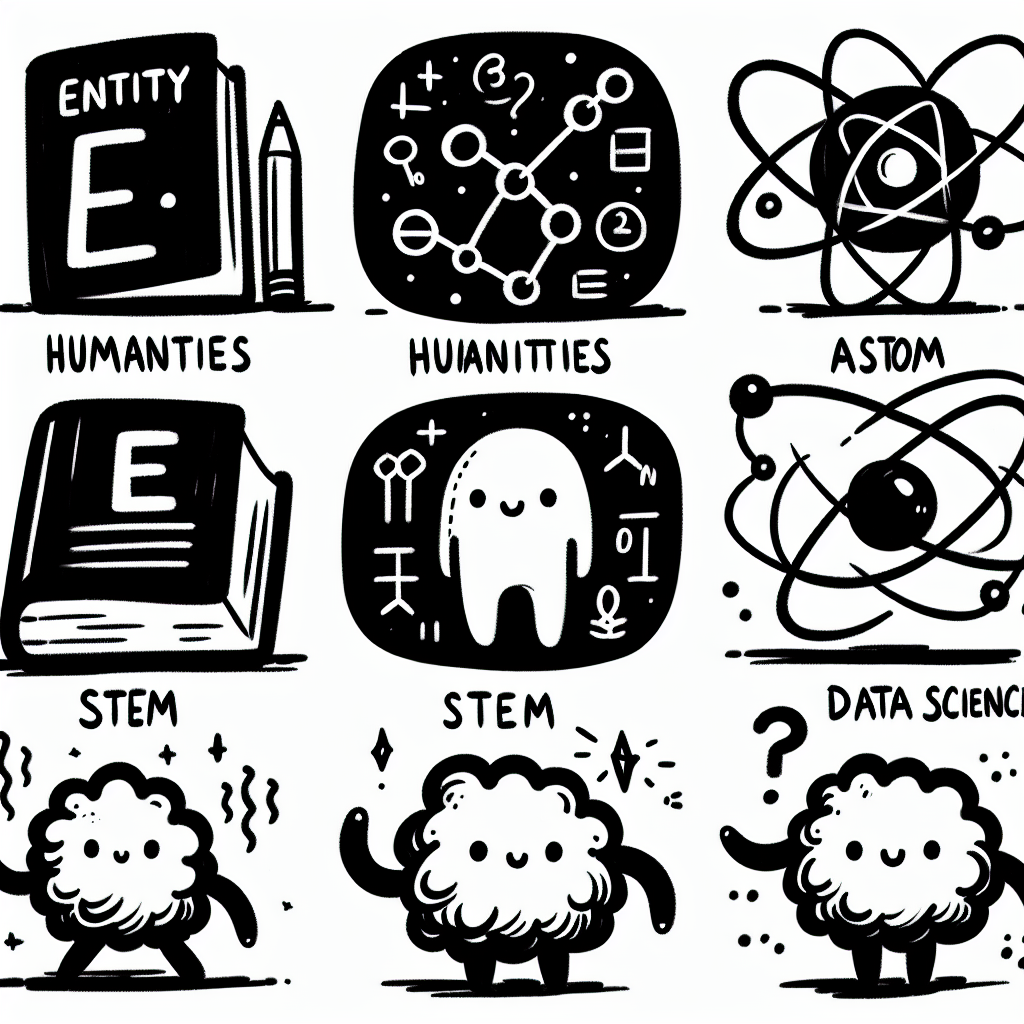
Integrating Revision into Coursework
Integrating effective revision techniques into coursework enhances learning outcomes by reinforcing concepts and promoting deeper understanding.
Recommendations for Educators
Educators can support students by embedding revision tools and strategies directly into the curriculum:
- Incorporate Practice Platforms: Tools like Problem Roulette, which offers randomized practice problems from past exams, can help students engage in spaced and varied practice. Embedding these tools into weekly coursework encourages consistent revision.
- Assign Metacognitive Reflections: Including brief reflective prompts in assignments helps students think about how they learn. Questions like “What strategy helped you solve this problem?” or “What would you do differently next time?” foster metacognitive awareness—an essential component of effective revision techniques.
- Use Simulations for Abstract Concepts: Simulations can make abstract or complex material more accessible and engaging. For example, interactive models in physics or economics allow students to test variables and see real-time outcomes, reinforcing conceptual understanding through active revision.
Recommendations for Students
Students can develop effective revision techniques by integrating them into their daily academic routines:
- Start Early and Stay Consistent: Building revision into a regular schedule—rather than cramming before exams—helps with long-term retention. Short, frequent review sessions are more effective than last-minute studying.
- Reflect and Adapt: After each study session or assessment, students should evaluate what revision methods were most effective. This reflection helps refine strategies over time.
- Seek Feedback Beyond Grades: Constructive feedback from instructors and peers can highlight areas for improvement and guide focused revision. Asking for clarification or suggestions fosters active learning and self-improvement.
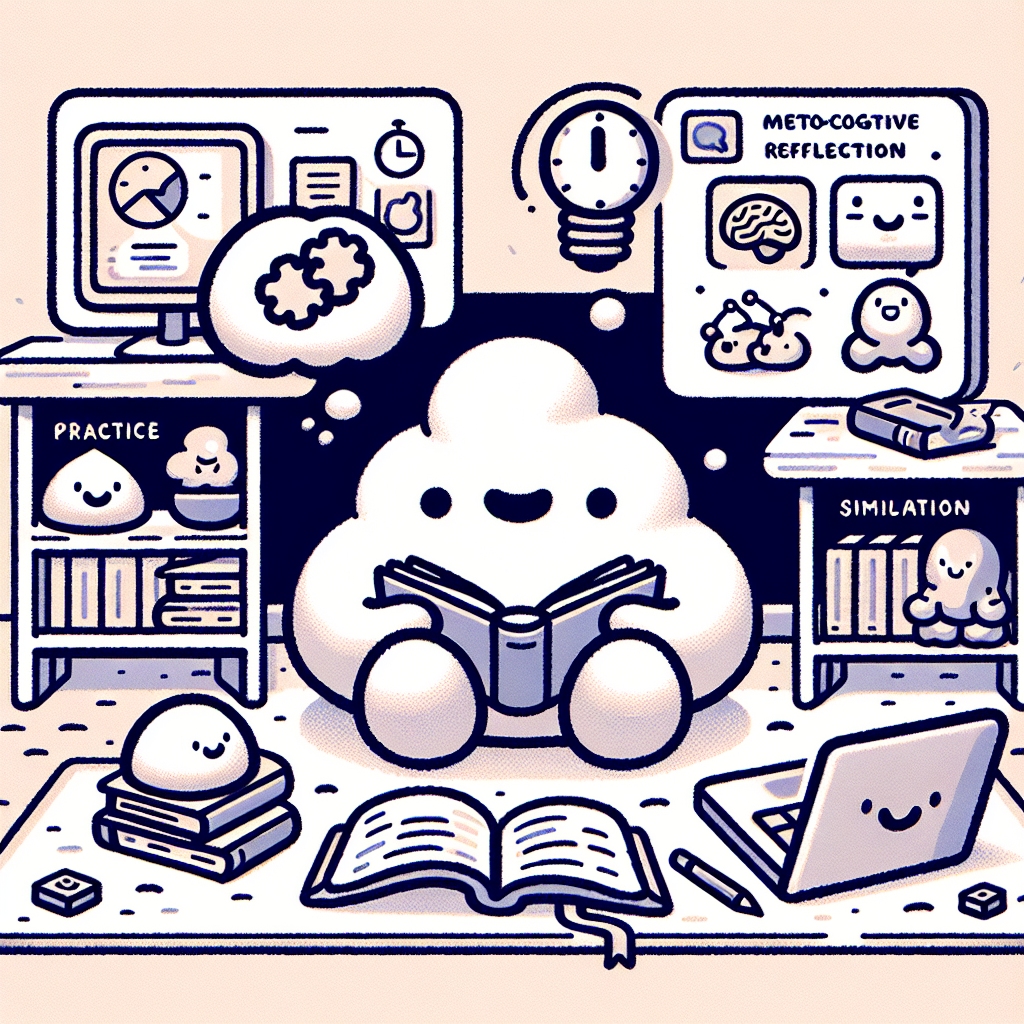
Conclusion
Effective revision techniques are far more than just reviewing notes or rereading textbooks. They involve active engagement with the material, strategic planning, and a personalized approach tailored to individual learning styles. Simply put, revision should be intentional and goal-oriented, not passive.
Research supports the use of evidence-based methods to improve learning outcomes. Techniques like spaced repetition, self-testing, and simulation-based exercises help reinforce memory and deepen understanding. Metacognitive strategies—such as being aware of what you know and identifying what you still need to learn—are also essential components of effective revision techniques.
To make meaningful progress, start small. Choose one or two methods, monitor your results, and adjust as needed. Take advantage of available tools, such as flashcard apps or study planners, and stay informed by referencing current cognitive science research. With consistent effort and the right strategies, effective revision techniques can significantly enhance academic performance.
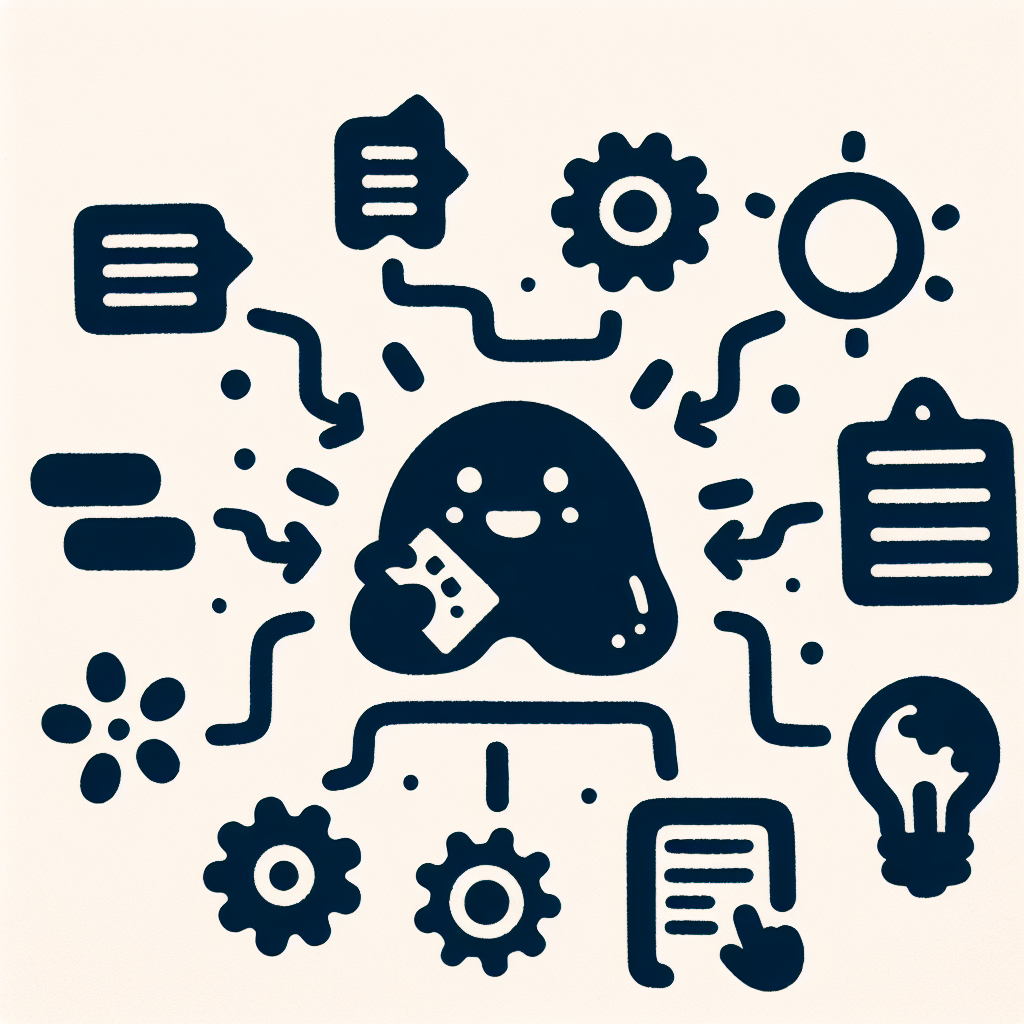
References
- "Practice Makes Better: Quantifying Grade Benefits of Study" – This study explores how consistent study habits correlate with improved academic performance, reinforcing the value of effective revision techniques.
- "Assessing the Impact of Metacognitive Post-Reflection Exercises" – This paper evaluates how self-reflection after learning sessions enhances retention, highlighting a key strategy within effective revision techniques.
- "Combating Anti-Statistical Thinking Using Simulation-Based Methods" – This research illustrates how simulation-based approaches can improve conceptual understanding, supporting the use of active learning in effective revision techniques.
- "Effective Interfaces for Student-Driven Revision Sessions" – The paper presents tools that aid personalized revision, underlining how interface design can support effective revision techniques.
- "10 College Study Tips that High School Students Can Master Now" – This article offers practical strategies that align with effective revision techniques for students preparing for higher education.
